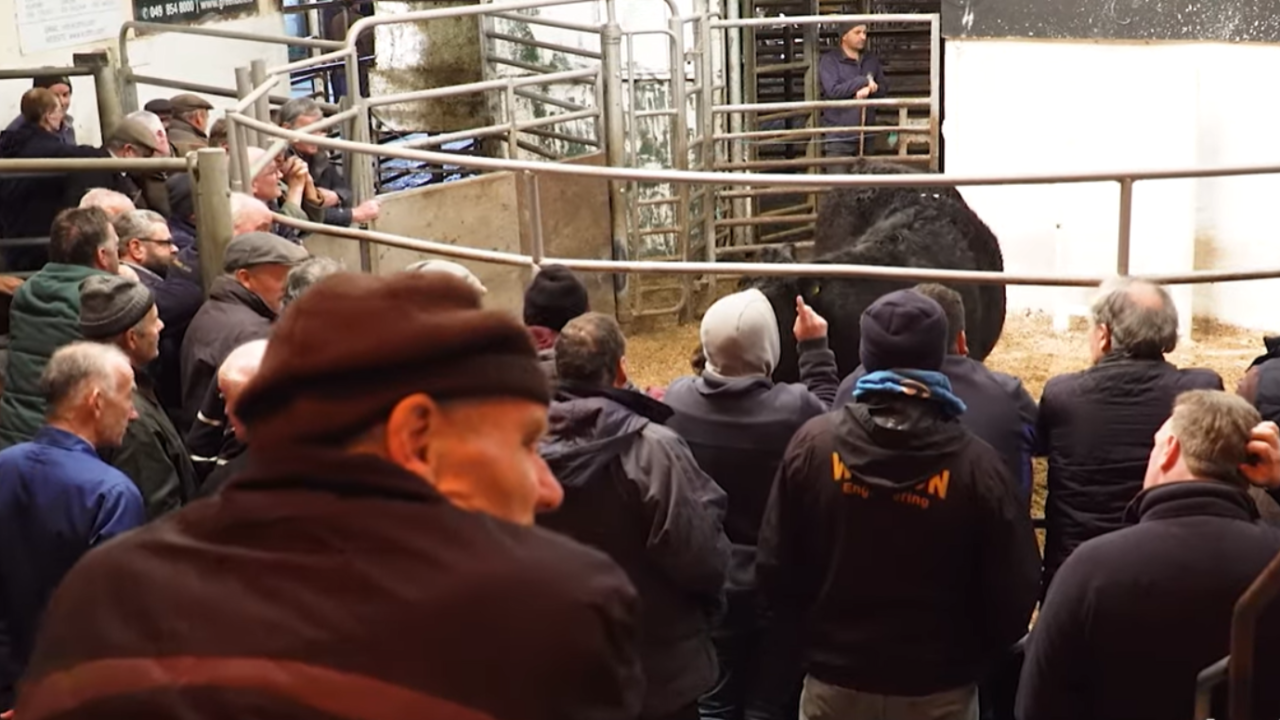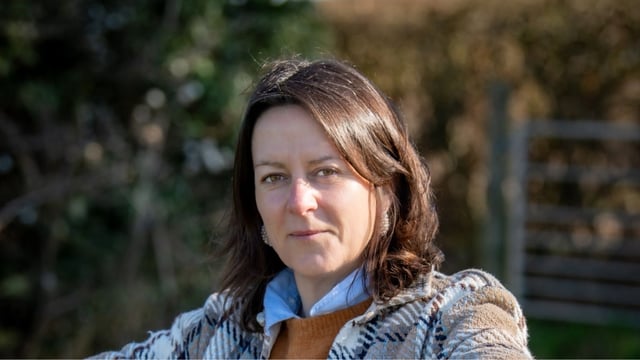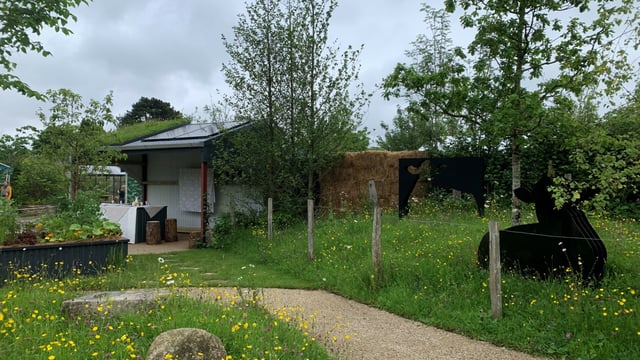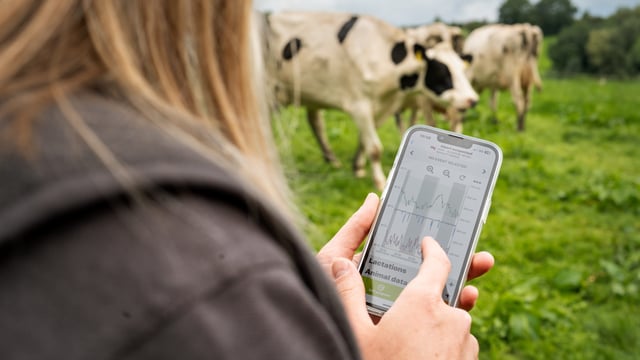New TB plan: Point of sale risk info for females over 18 months
A revised set of proposals to control the deteriorating figures for TB in Ireland will be presented to farm organisations tomorrow (Thursday, May 22).
A series of bilateral meetings between Minister for Agriculture, Food and the Marine Martin Heydon, and farm organisations and other stakeholders, will take place, allowing for discussions on the plans.
While its unclear whether these new proposals, seen by Agriland, will be finalised in their current form, Minister Heydon has repeatedly indicated that he wants to move quickly to get a new regime in place to control the spread of TB.
Tomorrow's meeting is a follow up to an extraordinary 'summit' meeting that took place earlier this month, in which an initial set of around 30 proposals were presented.
The revised proposals, to be presented tomorrow, include a number of notable changes to those presented in early May.
This includes the provision that TB herd risk information will be provided at the point of sale for female cattle aged over 18 months, as opposed to all cattle under the previous proposals.
As well as that, a new system of TB herd risk categories are outlined.
The proposals are grouped into five categories, which are the same as outlined in the earlier proposals. These are:
- Support herds free of TB to remain free;
- Reduce the impact of wildlife on the spread of TB;
- Detect and eliminate TB infection as early as possible in herds with a TB breakdown and avoid a future breakdown;
- Help farmers improve all areas of on-farm biosecurity;
- Reduce the impact of known high-risk animals in spreading TB.
Under each of these headings, there are a number of actions.
Support herds free of TB to remain free
Under these proposals, there will be a 30-day pre-movement test requirement for dairy cows, due to the higher risk associated with them.
Suckler cows and males over 36-months can continue to to be sold in the six months following a clear test, but require a 30-day movement test after six months.
The post movement test option will be removed.
The sale of cull cows from restricted herds at special mart sales will be expanded to include the sale of dairy cull cows, with no animals allowed return home from such sales. Cull dairy cows can continue to be sold in marts on ordinary sale days with a 30-day movement test.
To help reduce spread through contract rearing of heifers, one-to-one contract rearing will be encouraged, and the Animal Identification and Movement system will be used to record the movement of contract reared heifers. All animals returning from a contract rearer will require a 30-day pre-movement test.
In overhauling the herd risk categories, the department defines a 'high risk' (H) breakdown as three or more standard skin reactors in the one breakdown.
The current herd risk categories (C0 to C10) will be revamped into seven categories, C0 to C7+.
There will be an increased focus on high risk breakdowns, and only these breakdowns will negatively impact a herd's categorisation.
Only herds which have had three standard skin reactors in a single breakdown will be assigned a risk category.
C0 herds are those that are less than one year post 'H' breakdown, while C7+ are clear for seven years or more of a H breakdown.
The department also aims to ensure a consistent approach to the management of TB across all regional veterinary offices (RVOs); and to set up a phone helpline for farmers who enter a breakdown, to inform those farmers of what happens during a breakdown.
Reduce the impact of wildlife
The section on reducing the impact of wildlife sees little change from the proposals put forward earlier this month.
However, the department is additionally proposing to develop a support package to facilitate the fencing-off of badger setts and installation of suitable water and feeding troughs for animals to prevent access from badgers.
An additional action has also been added on the wildlife front that will see the department proactively targeting wildlife measures in advance of significant infrastructure work and forestry clear felling, in conjunction with relevant state bodies.
Detect and eliminate TB infection
Under this heading, the action on clear test requirements has been revised so that all high-risk (H) breakdowns will require two clear skin tests at least four months apart before derestriction.
The first reactor retests will be carried out 60 days after the removal of the reactor animals off the holding, as is currently in place. Reactor retest will be carried out at 60-day intervals until there is a clear reactor retest.
It is only following a clear reactor retest that the clock starts on the four-month period. This revision means there will be an overall increase in time restricted, even if there are no reactors after the first 60-day retest.
Biosecurity and high risk animals
The final two headings, on farm biosecurity and reducing the impact of high-risk animals, have been slightly amended.
On biosecurity, two actions have been added to the proposals: one outlines "full enforcement" of biosecurity and testing requirements for controlled finishing units (CFUs); while the other specifies that where a dealer or associated herd number enter into a breakdown, both will be restricted, and each must undergo two clear skin tests prior to derestriction.
On high-risk animals, this has been amended so that the sale of cows that were part of an exposed cohort at the time of breakdown - in breeding herds greater than 60 cows or more; or where 5% of exposed cohort test positive, or 10 reactors, whichever is the lesser - will not be permitted for two years after derestriction (as opposed to three years in the original proposals).
The original proposals indicated that, for relapse H herds, no compensation will be payable for stock purchased from a herd which had a breakdown in the last five years. However, this measure appears to have been deleted in the revised proposals to be presented this week.





